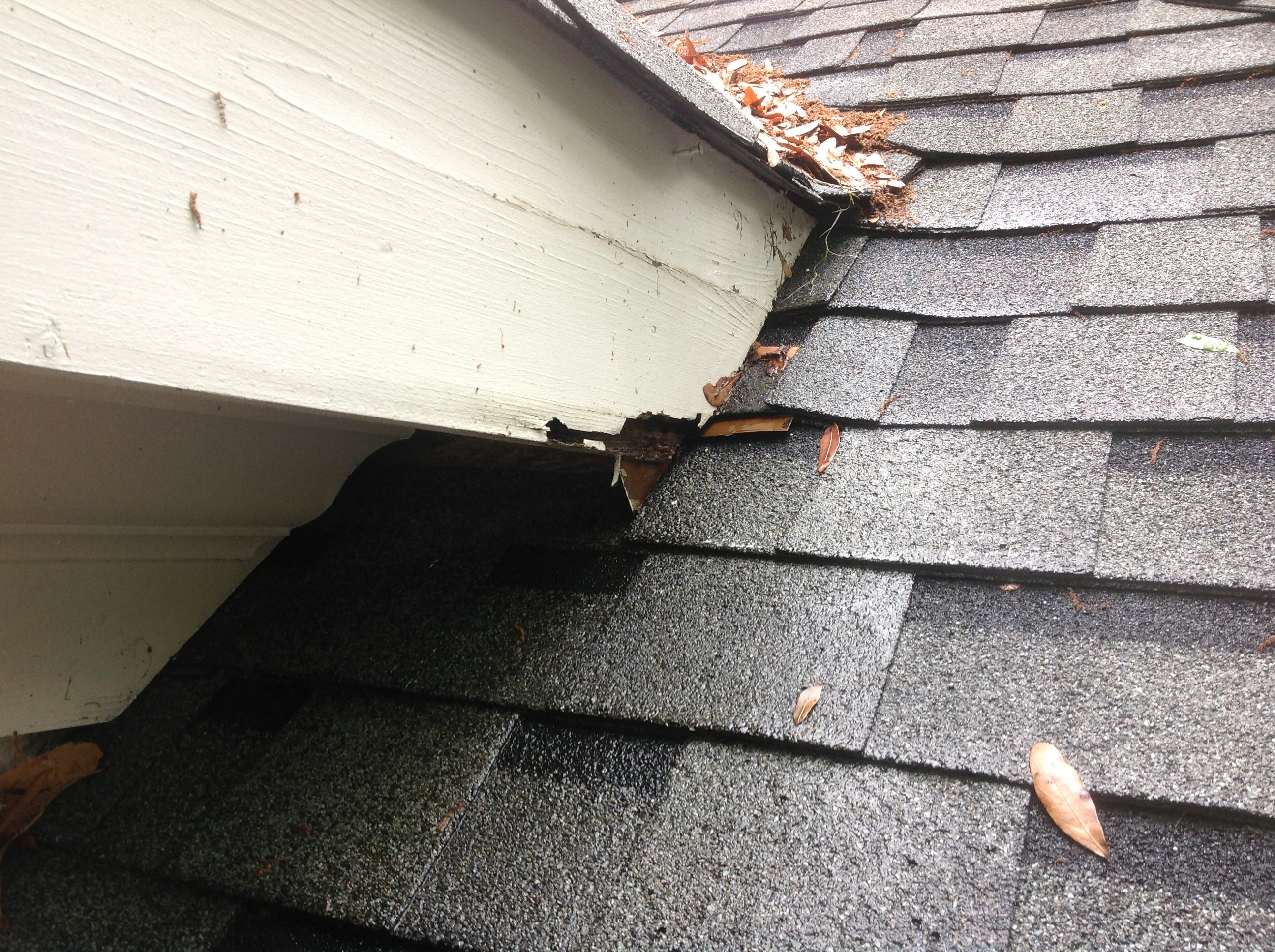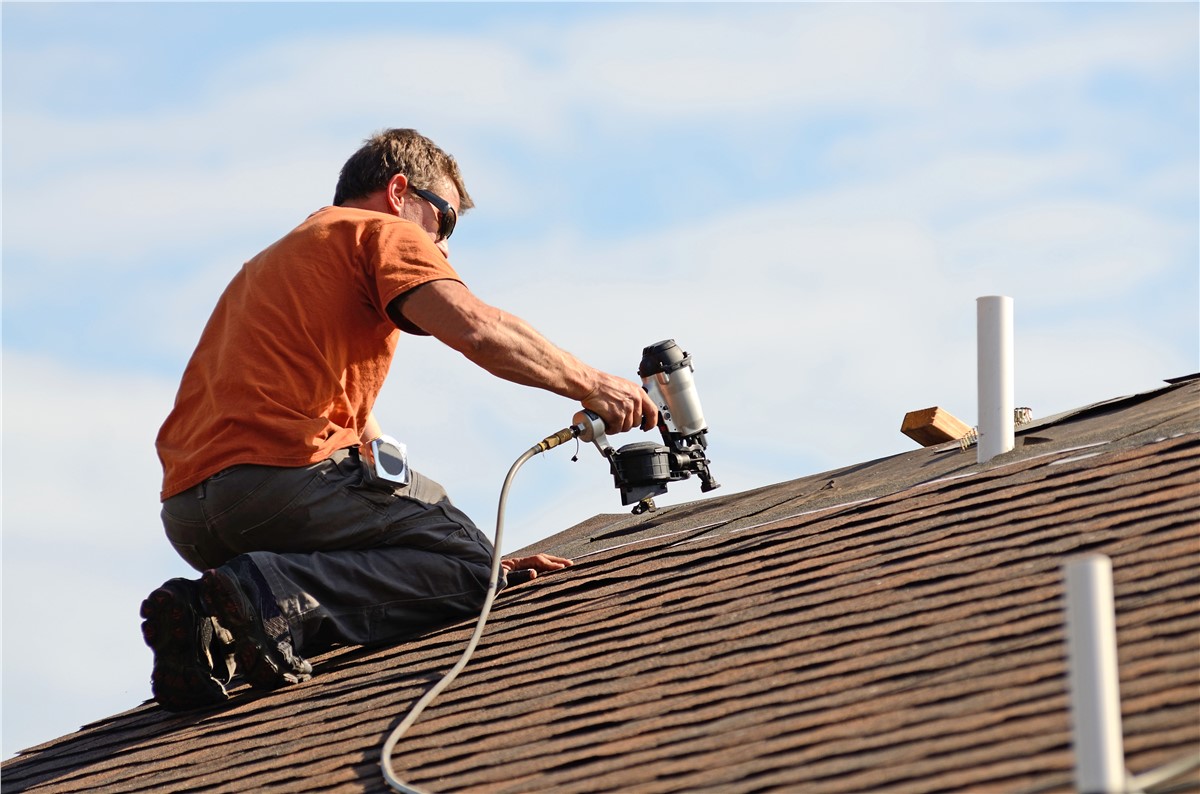Recognizing the Different Kinds Of Roof Coverings: A Comprehensive Guide for Homeowners
In the world of homeownership, picking the suitable roof style is a decision that carries substantial ramifications for both capability and aesthetic allure. With a selection of choices-- ranging from the typical gable to the modern flat-- each type offers special benefits and challenges that must align with the home owner's certain requirements and ecological factors to consider. Recognizing these distinctions not only aids in making an enlightened option yet additionally affects lasting maintenance and energy performance. As we discover the intricacies of various roof covering kinds, it comes to be evident that one size does not fit all; the appropriate choice might stun you.
Saddleback Roof
Gable roofing systems, identified by their triangular form, are amongst the most popular roof covering styles due to their simpleness and efficiency in losing water and snow. This style features two sloping sides that satisfy at a ridge, permitting effective drain and reducing the danger of water accumulation. The steep pitch frequently related to saddleback roofs enhances their capability to take care of heavy rainfall, making them ideal for numerous environments.
Along with their functional benefits, saddleback roofs offer visual flexibility. They can be adjusted to numerous building designs, from standard to contemporary homes. The layout can also accommodate additional functions such as dormer home windows, which improve natural light and air flow in the attic space.
Additionally, gable roofings provide enough room for insulation, adding to energy effectiveness. Home owners can pick from a variety of roof materials, including asphalt tiles, steel, and floor tiles, additionally improving personalization alternatives.
Despite their advantages, gable roofs might need extra support in locations vulnerable to high winds or hefty snowfall. Generally, the saddleback roof stays a popular option as a result of its mix of capability, longevity, and visual charm.
Flat Roofs
Flat roofs are usually identified for their minimalist layout and practical applications, specifically in industrial and commercial setups (oahu roofing). These roof coverings include a almost horizontal or straight surface area, which permits easy building and construction and functional space use. While they may do not have the visual charm of pitched roof coverings, flat roofs provide various benefits, especially in city settings where making the most of room is vital
Among the main advantages of flat roof coverings is their accessibility. Home owners can use the roof covering area for numerous purposes, such as roof gardens, balconies, or photovoltaic panel setups. Furthermore, flat roof coverings are usually a lot more economical to preserve and mount compared to their sloped equivalents, as they call for less products and labor.
Usual materials used for flat roofings include built-up roofing (BUR), customized asphalt, and single-ply membranes, each offering distinctive benefits. Overall, level roofing systems serve as a practical and versatile selection for many homeowners and businesses alike.
Hip Roofs
Hip roof coverings are characterized by their sloped sides that converge at the top, developing a ridge. This design is unique from gable roof coverings, as all 4 sides of a hip roofing incline downwards toward the walls, giving a more steady structure. The angle of the slopes can differ, enabling flexibility in building aesthetics and functionality.
Among the primary advantages of hip roof coverings is their ability to endure hefty winds and negative climate condition. The sloped surfaces allow far better water drain, lowering the danger of leaks and water damages. Additionally, hip roofs use raised attic room room, which can be made use of for storage space or perhaps converted right into redirected here livable locations.
However, building a hip roof can be extra complicated and pricey than easier roof kinds, such as saddleback roofs. The additional material and labor involved in producing the inclines and making sure appropriate architectural integrity can cause higher costs. Despite these disadvantages, many home owners favor hip roofs for their sturdiness, visual appeal, and potential for power performance.
Mansard Roofs
Mansard roofing systems, often identified by their one-of-a-kind four-sided style, attribute two inclines on each side, with the reduced slope being steeper than the upper. This architectural design, stemming from France in the 17th century, is not just visually enticing but practical, as it makes best use of the usable area in the upper floors of a structure. The steep reduced incline enables more headroom, making it a suitable option for lofts or attic rooms, which can be converted right into living spaces.
Mansard roofings are characterized by their convenience, accommodating numerous architectural styles, from conventional to modern. They can be constructed with different products, consisting of asphalt tiles, slate, or steel, supplying home owners with a variety of options to match their budget plans and choices. Furthermore, the design enables the combination of dormer home windows, improving natural light and ventilation in the upper degrees.
Nonetheless, it is vital to consider the potential downsides. Mansard roofing systems may need more maintenance as a result of the complexity of their design, and their steep inclines click here for info can be challenging for snow and rainfall overflow. In general, mansard roof coverings integrate beauty with functionality, making them a popular selection amongst homeowners looking for unique building functions.
Shed Roofings
As homeowners significantly seek simplicity and functionality in their building layouts, dropped roofing systems have actually emerged as a prominent choice. Identified by a single sloping plane, a shed roof provides a minimal aesthetic that enhances various home styles, from contemporary to rustic.
One of the key benefits of a shed roofing system is its simple construction, which frequently converts to reduce labor and material expenses. This design permits efficient water drainage, reducing the threat of leakages and water damages. Additionally, the upright slope offers enough space for skylights, boosting all-natural light within the inside.
Dropped roofings also supply flexibility in regards to usage. They can be effectively integrated into additions, garages, or outdoor structures like sheds and pavilions. In addition, this roof covering design can fit numerous roof covering products, including metal, asphalt shingles, or also green roof coverings, straightening with eco-friendly efforts.
Nevertheless, it is essential to consider regional environment conditions, as heavy snow loads may require changes to the roofing's angle or structure. In general, lost roof coverings provide a practical and cosmetically pleasing choice for home owners looking to take full advantage of performance without jeopardizing design.
Verdict


Gable roofings, characterized by their triangular shape, are among the most prominent roof styles due to their simplicity and performance in dropping water and snow. oahu roofing. The high pitch typically connected with gable roofing systems enhances their capability to handle heavy rainfall, making them appropriate for numerous environments
While they might lack the aesthetic charm of pitched roofs, flat roofs offer numerous benefits, particularly in urban environments where taking full Our site advantage of room is important.

Comments on “Roofing Companies Oahu: Top-Rated Roofers for All Roofing Projects”